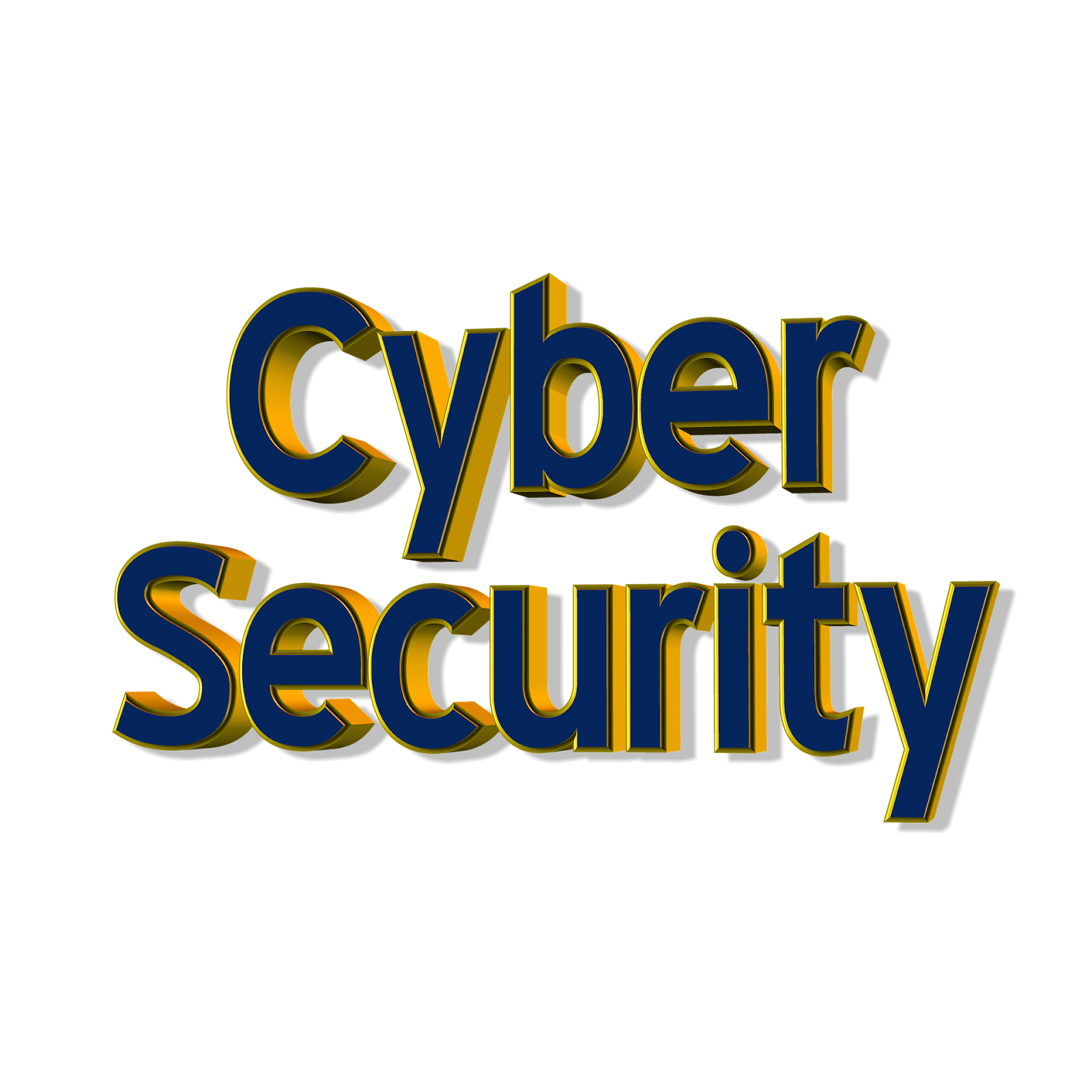Introduction
In the present digital landscape, securing sensitive information is more critical than ever before. Cyber threats and data breaches are common which is very dangerous for the customers of any business. To solve this issue, rely on the Information Security Management System (ISMS). This system provides a comprehensive framework for managing risks and securing confidential data.
ISO 27001 is an internationally recognised standard that outlines requirements for establishing, implementing and maintaining an ISMS. Designed for organisations of all sizes and industries, ISO 27001 helps businesses gain trust among their stakeholders and demonstrate their commitment to data protection. Whether you are a medium or large-sized business owner or a start-up, this guide offers a starting point for a safe entrepreneurial journey.
Read on to learn more about how can you prevent viruses and malicious code and various ways to avail the benefits of Information Security Management System software and more.
Understanding ISO 27001
ISO 27001 is the leading international standard for information security, developed by the International Organisation for Standardisation (ISO). The standard is partnered with the International Electrotechnical Commission (IEC). ISO is an independent, non-governmental organisation that creates global standards through collaboration with national standards bodies.
ISO 27001 provides a framework for establishing, implementing, maintaining, and consistently improving an Information Security Management System (ISMS). The ISMS software helps organisations of any size or sector protect sensitive information cost-effectively and systematically for easy retrieval.
Understanding Information Security Management System
The Information Security Management System (ISMS) establishes documented policies, procedures, and controls to guide, monitor, and enhance information security. The system’s core aim is to lower risks and ensure business continuity.
An Information Security Management System relies on 3 key pillars: People, Processes and Technology.
- People require training and awareness to reduce human-related risks.
- Processes involve clear, documented procedures like incident reporting and data handling to ensure consistent practices.
- Technology entails tools like firewalls, encryption and access controls to enforce protection.
The system aims to build a balanced, resilient framework that safeguards the confidentiality, integrity and availability of information.
The 5 Main Goals of ISMS are:
- Ensuring cost-effective resource use by prioritising risks.
- Streamlining investments in cybersecurity strategies.
- Securing sensitive information.
- Achieving legal regulatory compliance.
- Maintain operational continuity after a crisis.
- Providing verifiable evidence of security practices.
How Can You Prevent Viruses and Malicious Code?
Here is how the latest Information Security Management System software can help an organization secure data and build their reputation in an industry:
- Regular Training of Employees
Regular employee training is essential to prevent the spread of malicious code and viruses. Educating staff on safe browsing habits, recognising suspicious emails and avoiding unsafe downloads reduces the risk of infection. Consistent training builds awareness, reinforces safe cybersecurity practices and helps employees respond immediately to potential threats.
- Next-Gen Antivirus (NGAV)
Next generation antivirus uses Artificial Intelligence or AI, machine learning and behavioural analysis. The aim is to detect known and unknown threats and suspicious behaviour. NGAV offers advanced protection beyond traditional antivirus by analysing patterns and anomalies. However, the function of NGAV is to identify ransomware actions in real-time and stop malware before it causes damage.
- Strong User Credentials
Strong credentials protect against unauthorised access and for better incident management. Unique or complex passwords or passphrases reduce the risk of brute force attacks. Using password managers, avoiding password reuse and updating passwords regularly enhances security. This limits the impact of breaches and safeguards systems from malware triggered by compromised accounts.
- Multifactor Authentication (MFA)
Multifactor authentication strengthens security by requiring multiple verification steps. For example, a password plus a code or a biometric scan. Even if credentials are stolen, unauthorised access is blocked. This prevents malware from spreading from compromised accounts and protects critical systems from being exploited through stolen login information.
- Report Phishing Attacks
Training employees to detect phishing attacks helps stop malware at its source. Recognising fake emails, any suspicious links or urgent messages can prevent accidental downloads. Prompt reporting allows IT teams to respond quickly and block threats. This strengthens an organisation’s collective defence against malware and cyber attacks along with preventing spread of viruses and malicious code.
Conclusion
ISO 27001 is more than just a compliance tool. It is a strategic asset that helps organisations strengthen trust and reduce information security risks. The management must understand the key requirements, secure leadership support and develop a tailored ISMS to suit an organisation’s requirements. Adopting this standard enhances the cybersecurity posture and also demonstrates to customers that the organisation takes information security seriously. Thus, an ISO 27001 compliant ISMS is a valuable investment in a company’s future stability and growth.
Frequently Asked Questions (FAQs)
Q. 1 What are the 3 main goals of an information security management system?
Answer 1: The 3 main goals of an information security management system are Confidentiality (securing data through encryption and access control); Integrity (ensuring that data remains accurate and unaltered) and Availability (making data accessible to authorised users only when needed).
Q. 2 What are some of the best ways to prevent the spread of viruses and malicious code in 2025?
Answer 2: In 2025, key prevention methods include using AI-powered antivirus solutions and enforcing multi-factor authentication. Employees must be trained and educated about software updates and restricting admin access. A layered security approach that combines people and processes works as an effective defence against evolving threats.
Q. 3 Is the spread of virus and malicious code preventable by scanning email attachments?
Answer 3: Scanning email attachments helps detect threats and prevents many viruses but is not foolproof. Therefore, real-time behavioural analysis and real-time employee training strengthen protection. Scanning is essential but must be a part of a broader security strategy.
Q. 4 What are the essential Ds of cybersecurity?
Answer 4: Deter, detect, delay and defend are the 4 essential D’s of cybersecurity. These create a layered security approach and ensure that threats are addressed at multiple stages ranging from prevention to active defence.
Q. 5 What are the main types of cybersecurity?
Answer 5: The main types of cybersecurity are application security, information security, cloud security, IoT security and network security. These types of cybersecurities can help secure organisations and individuals from various kinds of cyberattacks.
Keep an eye for more latest news & updates on Hoseasons!

